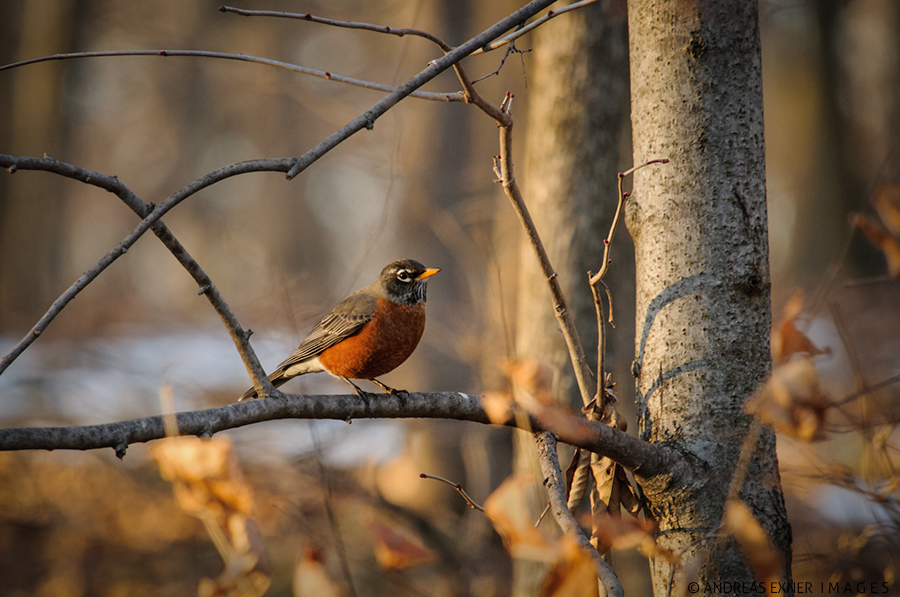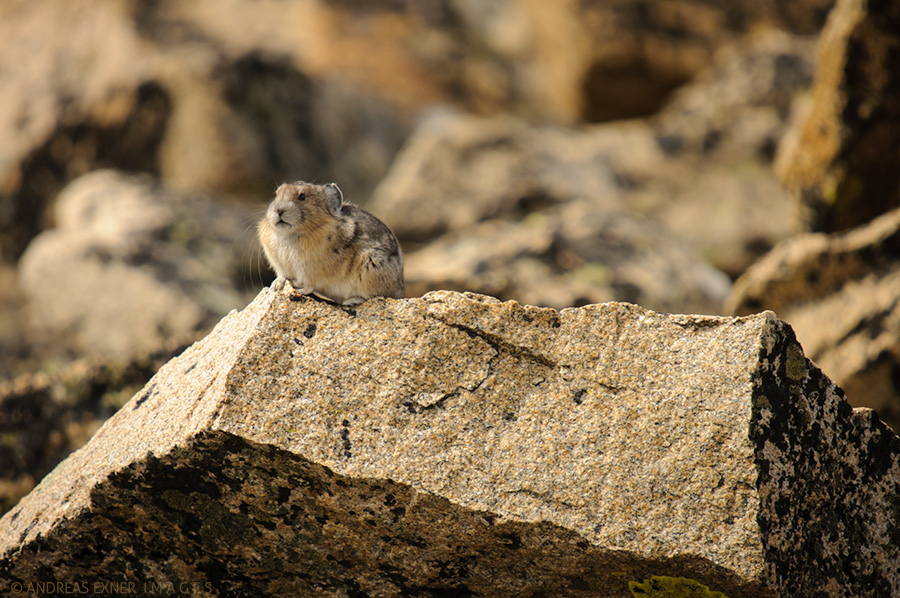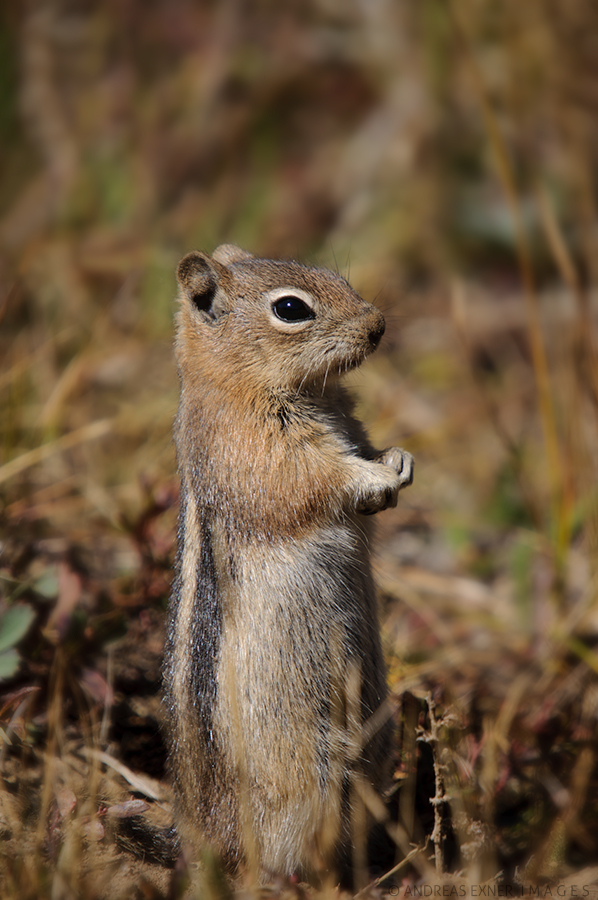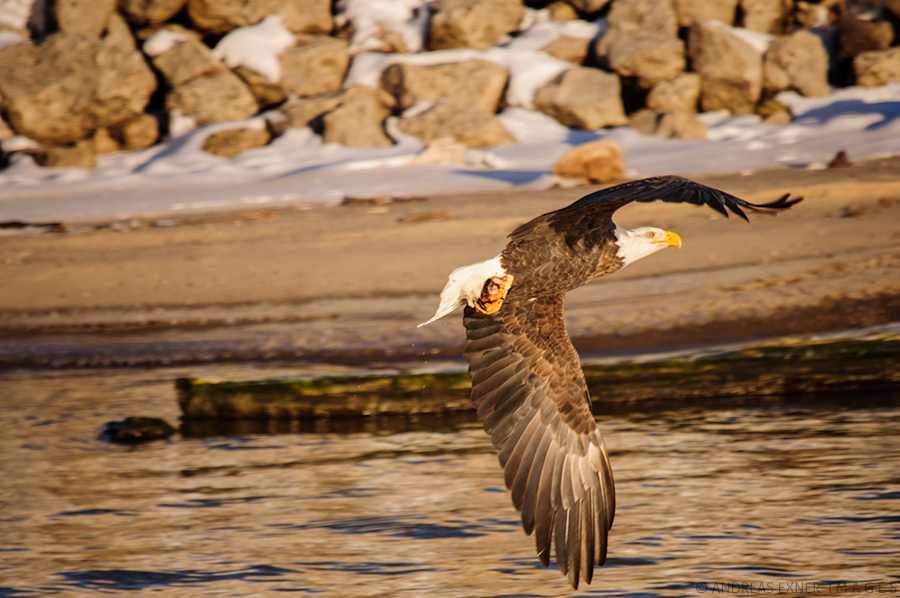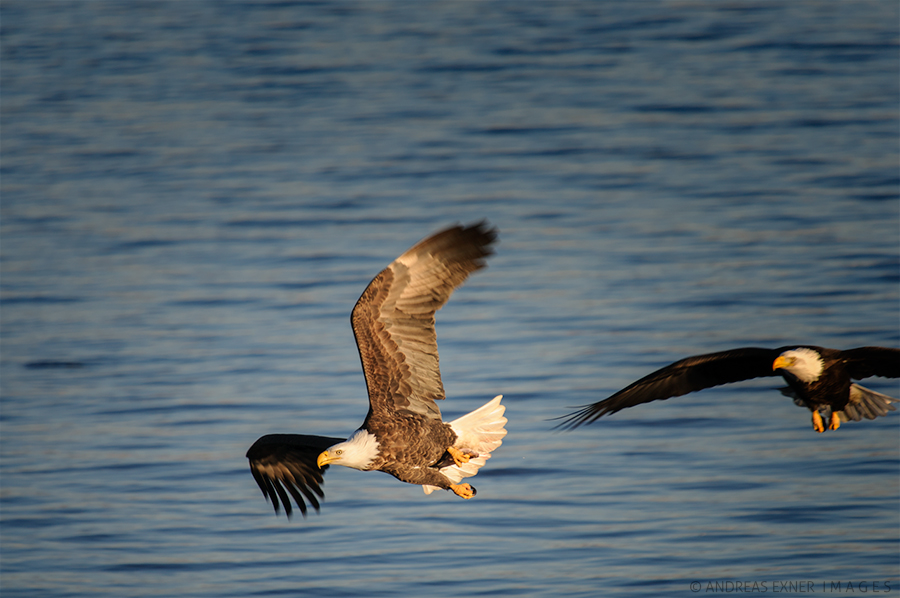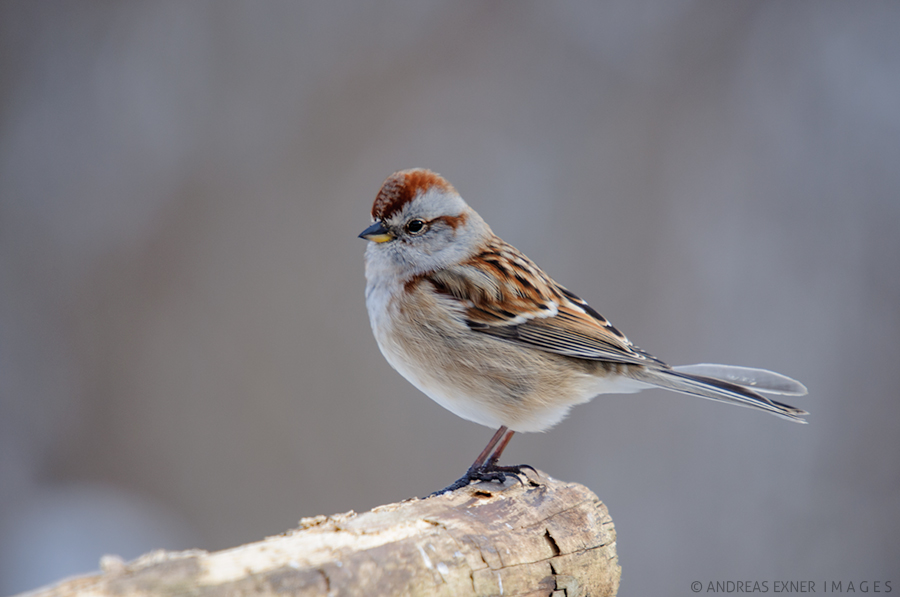I went "on patrol" today to many of my favorite shooting spots along the Mississippi River. Green Island IA, Sabula IA, Savannah IL, and finally to lock and dam #14 near LeClaire, Iowa. It was way to warm for this time of the year (11ºC = 52ºF) and my suspicion got completely confirmed. There were very few Bald Eagles present at the places that are usually a 100% bet. Two dozen photographers were lined up at lock #14 with their million dollar gear but not a single eagle was sitting in the trees. It was after 3PM when I arrived at the scene and the low sun delivered "killer light" (I borrow this term by famous photographer Moose Peterson. I have not found a better English word that describes a warm and crispy light, that gives photographs almost a 3rd dimension, better than this ;-) ). I talked briefly to another photographer from Ohio and I bet it was disappointing for him and his friends to make an eight hour drive to Iowa and not getting the shots they were hoping for.
I didn't want to stand around with the camera and do nothing and part of today's goals was to test my Sigma 50-500 a little more after it came back from repair. I saw only one eagle within shooting range today at lock #14 but there were plenty of Ring-billed Gulls flying around. All pictures were made handhold. I had many keepers and was very pleased how the lens delivered today. It is supposed to get very, very cold here in the next few days. The Mississippi will freeze over again and hopefully the Bald Eagles will be back again.






